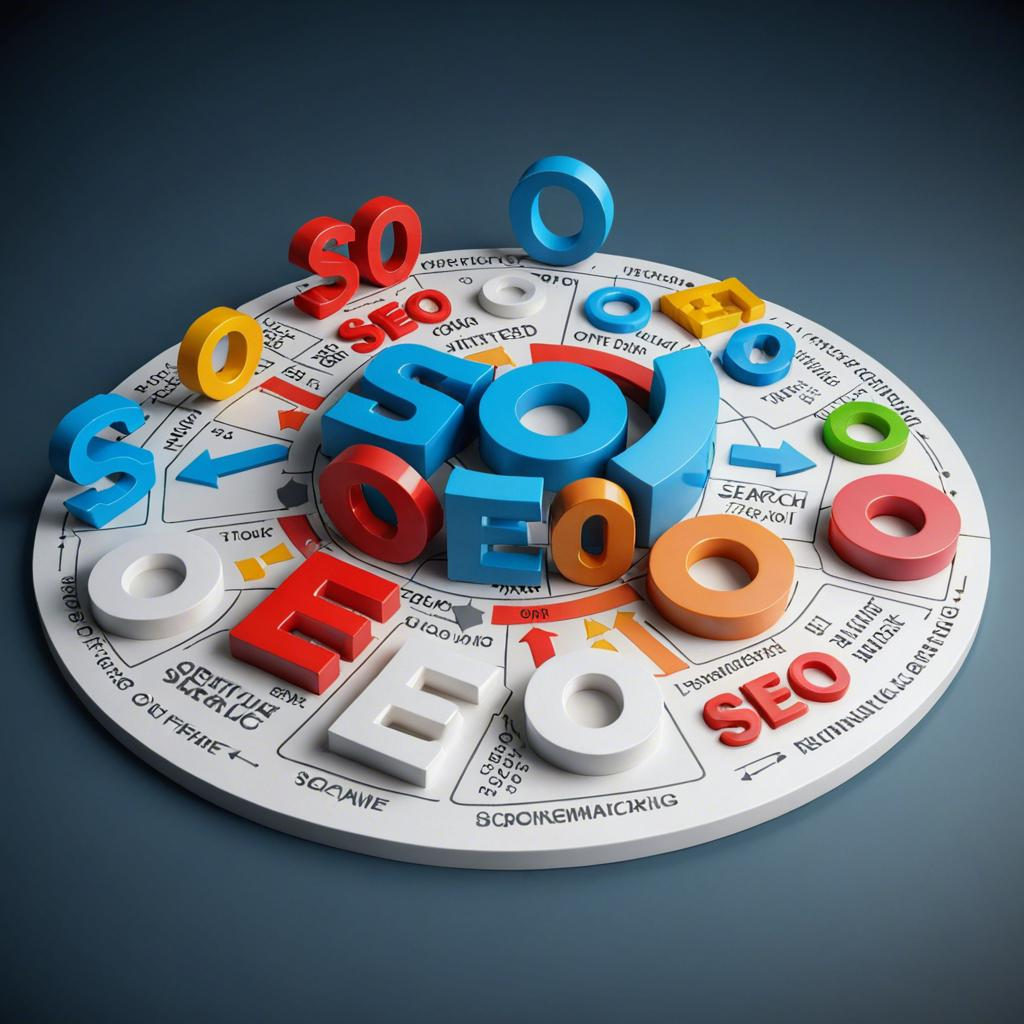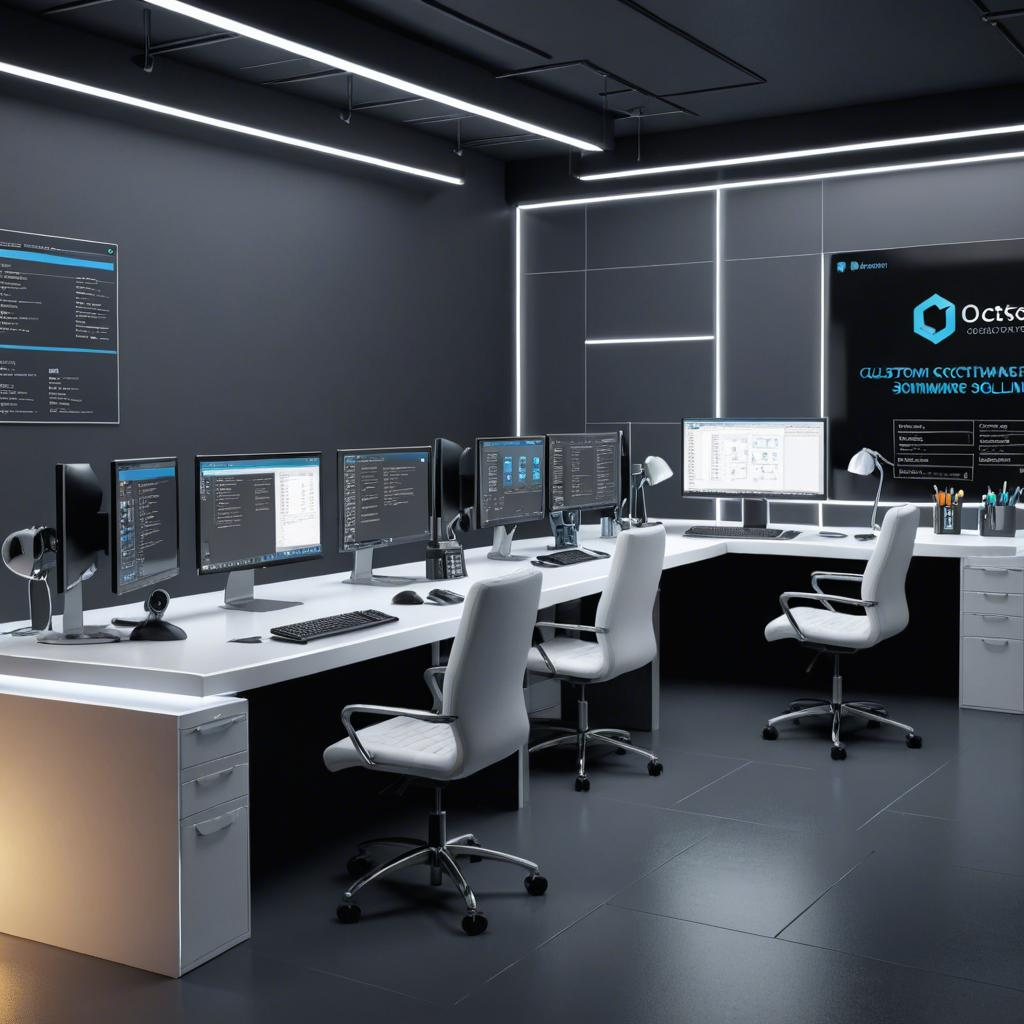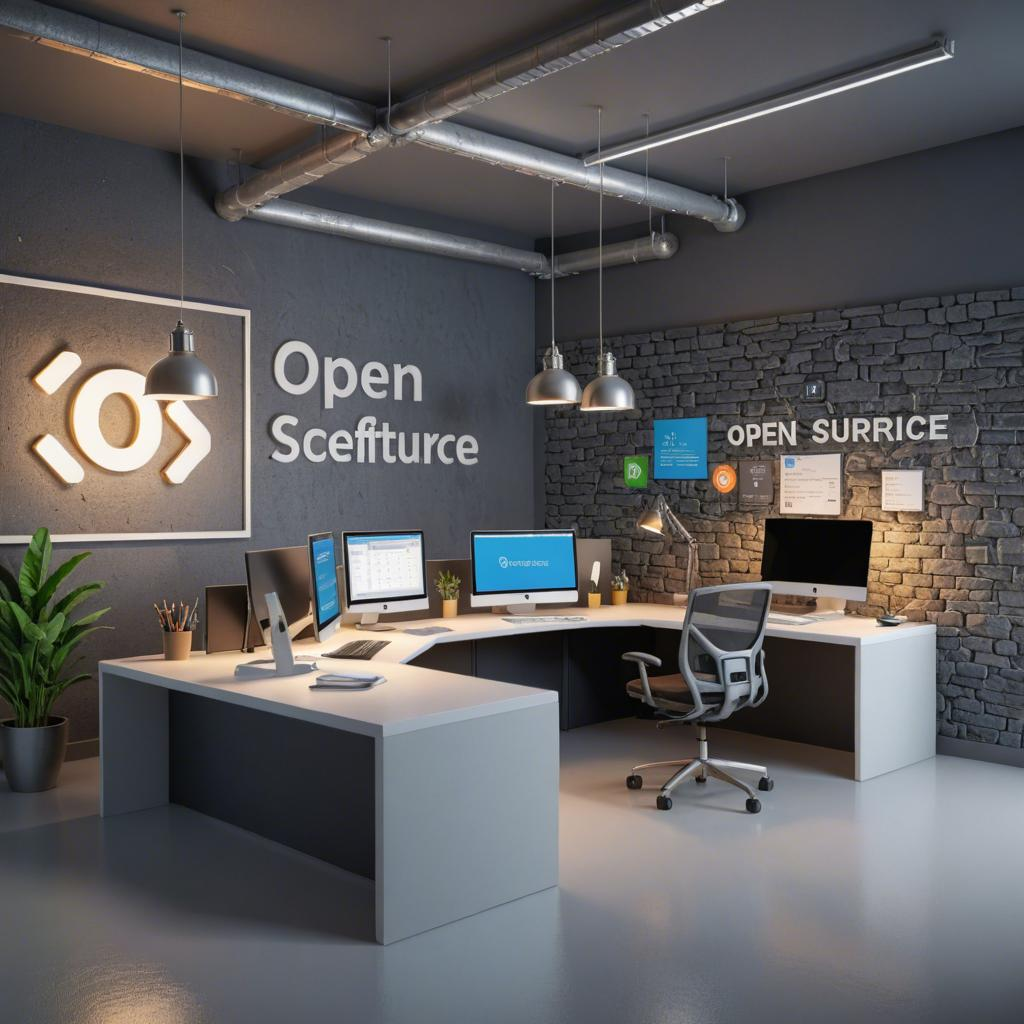How to Integrate Augmented Reality Shopping Experiences in Your Mobile App
The retail world is continuously evolving, and mobile commerce is at the forefront of this transformation. Augmented Reality (AR) has emerged as a powerful tool to enhance the shopping experience, allowing users to visualize products in real-time, making purchasing decisions easier and more engaging. As a mobile app developer, integrating AR into your mobile application can significantly improve user experience, drive engagement, and boost sales. This blog will explore how mobile app developers can effectively integrate AR shopping experiences into their apps.
Understanding the Basics of Augmented Reality in Retail
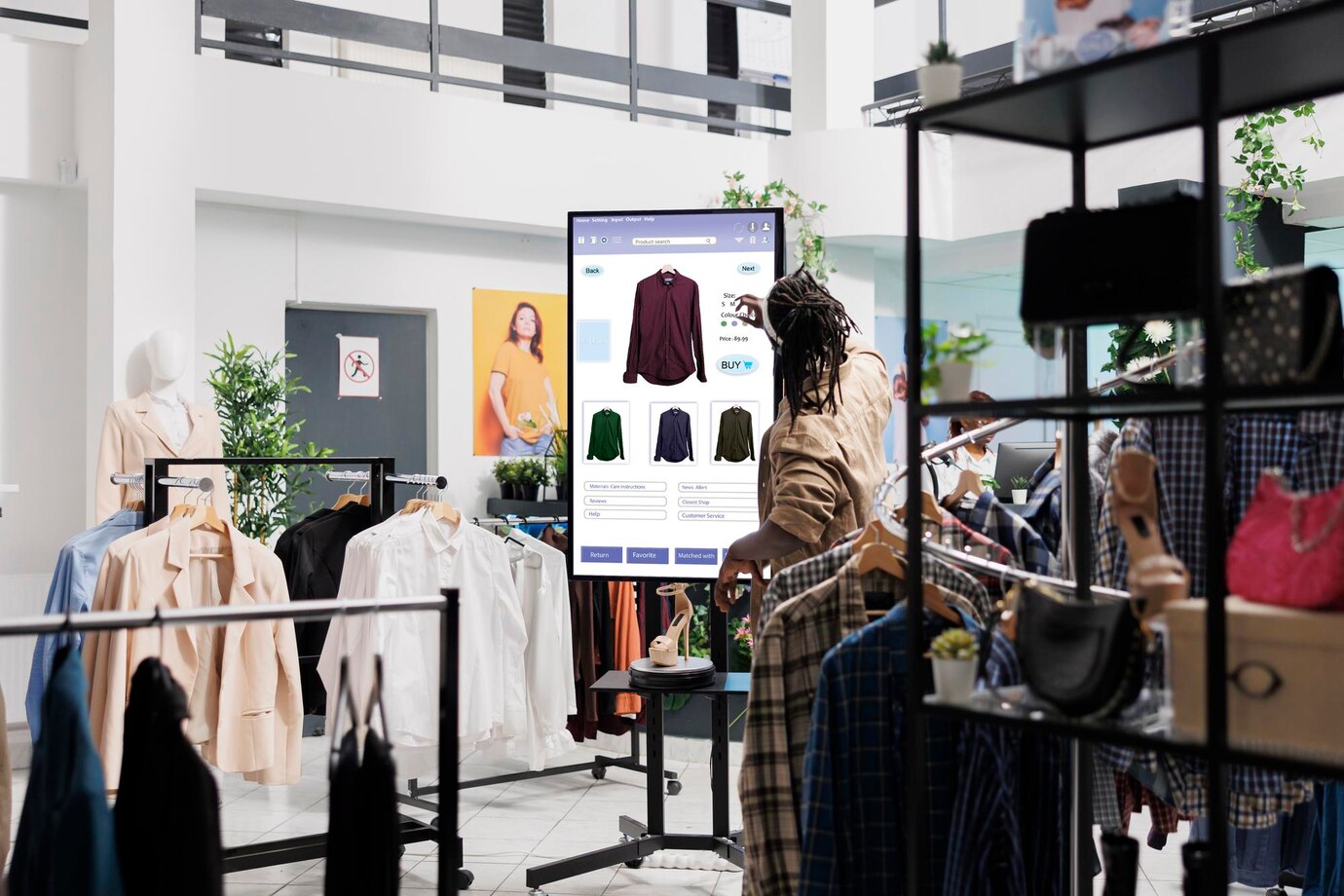
Augmented Reality overlays digital content—such as 3D models, animations, and information—onto the real world. For retail apps, this technology allows users to interact with products virtually. For example, users can visualize how furniture looks in their homes or see how a piece of clothing fits their body before making a purchase. AR not only enhances the shopping experience but also reduces the likelihood of returns, as customers are more confident in their purchasing decisions.
The Role of Mobile App Developers in AR Integration
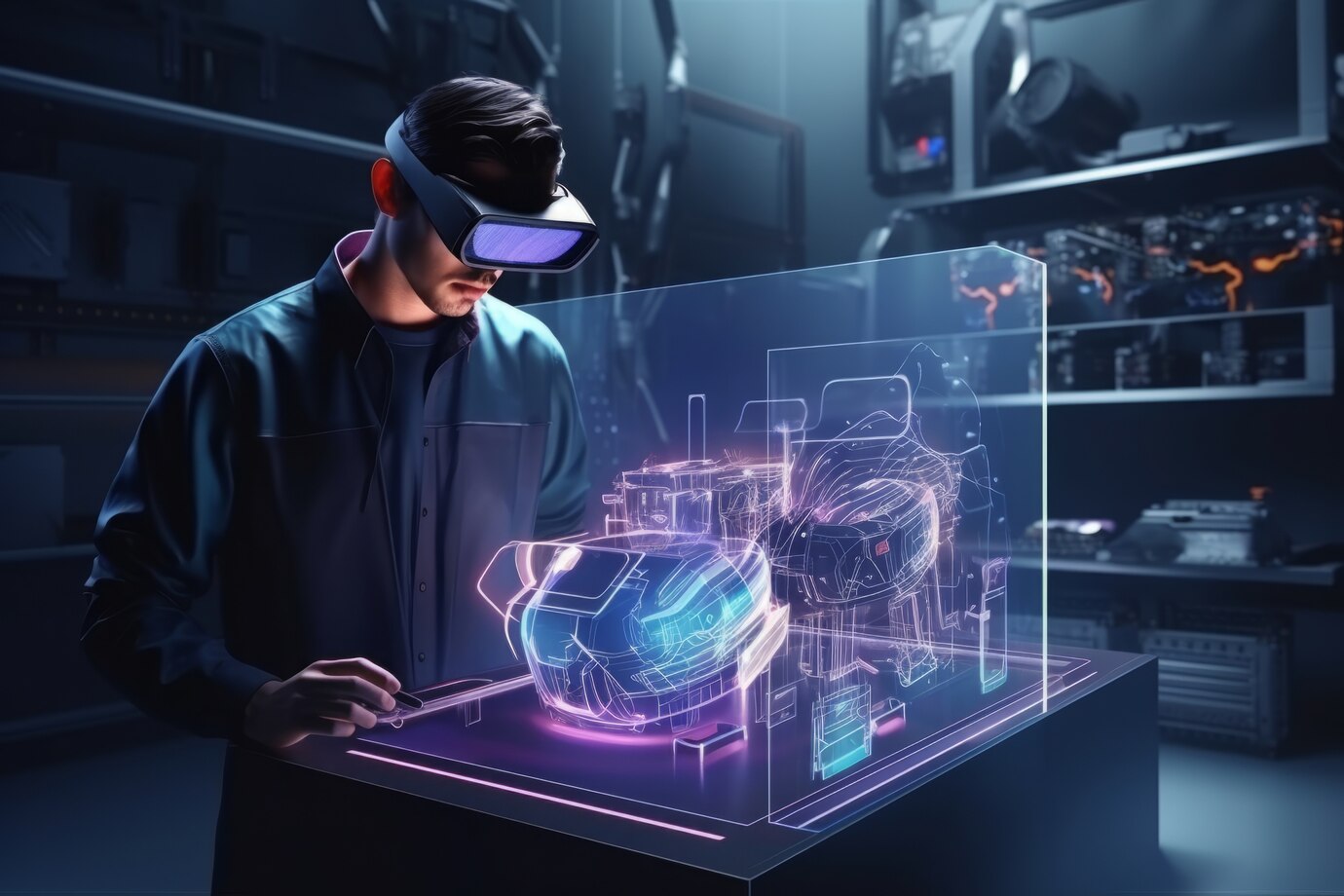
Mobile App Developers are key players in the AR integration process. By using AR SDKs (Software Development Kits) and APIs (Application Programming Interfaces), developers can embed AR functionalities into existing or new mobile apps. These tools help developers integrate AR features seamlessly, without the need for complex hardware setups. The most common AR SDKs include Apple’s ARKit for iOS and Google’s ARCore for Android, both of which enable mobile app developers to create immersive AR shopping experiences for their users.
Selecting the Right AR Framework
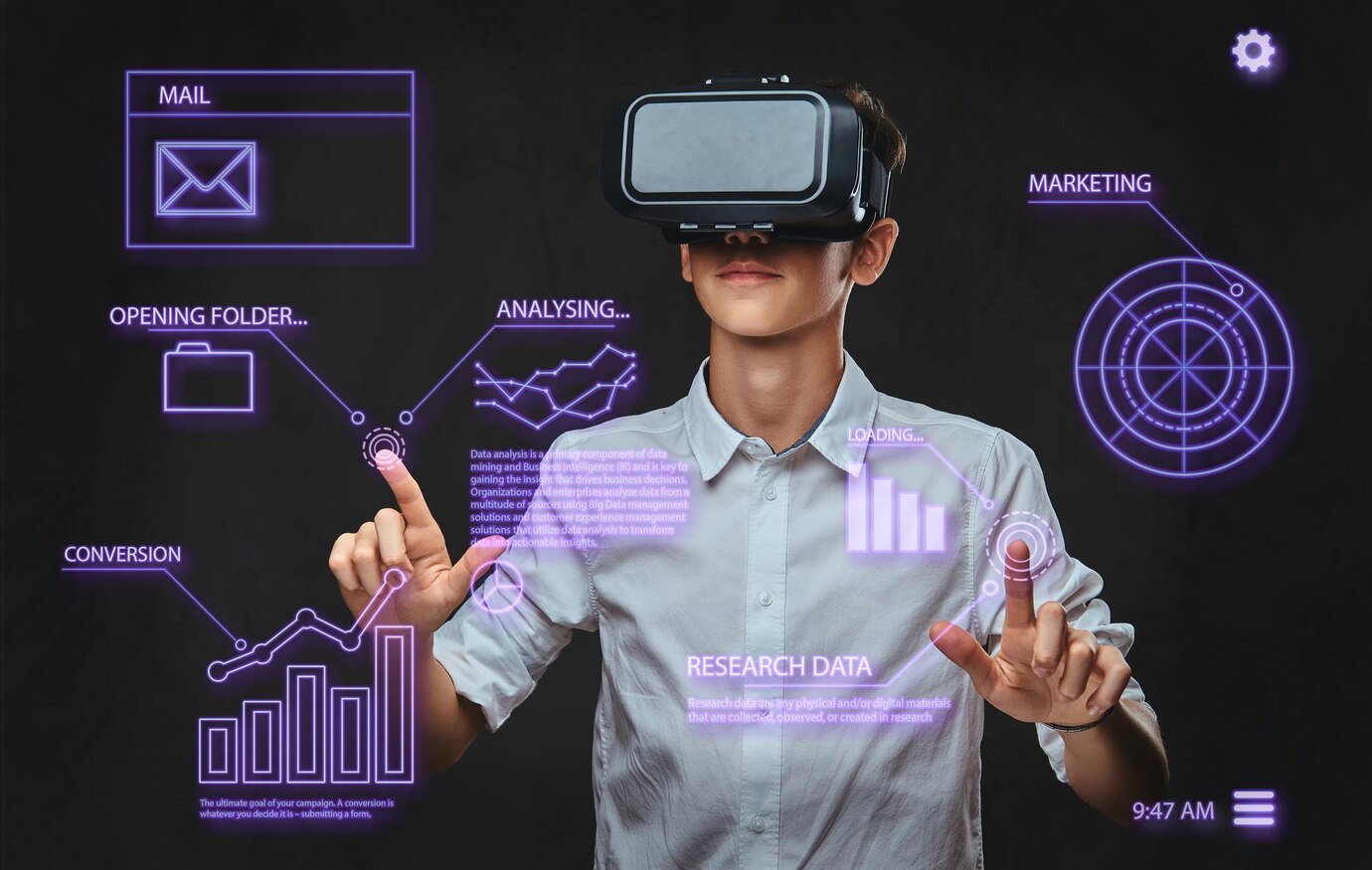
For mobile app developers , selecting the right AR framework is crucial to ensuring a smooth and high-quality AR experience. ARKit and ARCore are the two most popular choices for iOS and Android platforms, respectively. These frameworks provide various functionalities, such as object recognition, motion tracking, and scene understanding, that help enhance the AR experience. However, developers must also consider other factors, such as platform compatibility, ease of use, and available documentation, when choosing the right AR framework for their app.
In addition to ARKit and ARCore, there are other third-party AR frameworks, like Vuforia and Unity, that offer cross-platform support and advanced AR capabilities. Depending on the app’s target audience and the type of shopping experience desired, mobile app developers may opt for one of these solutions for a more customized experience.
User Experience Design in AR Shopping
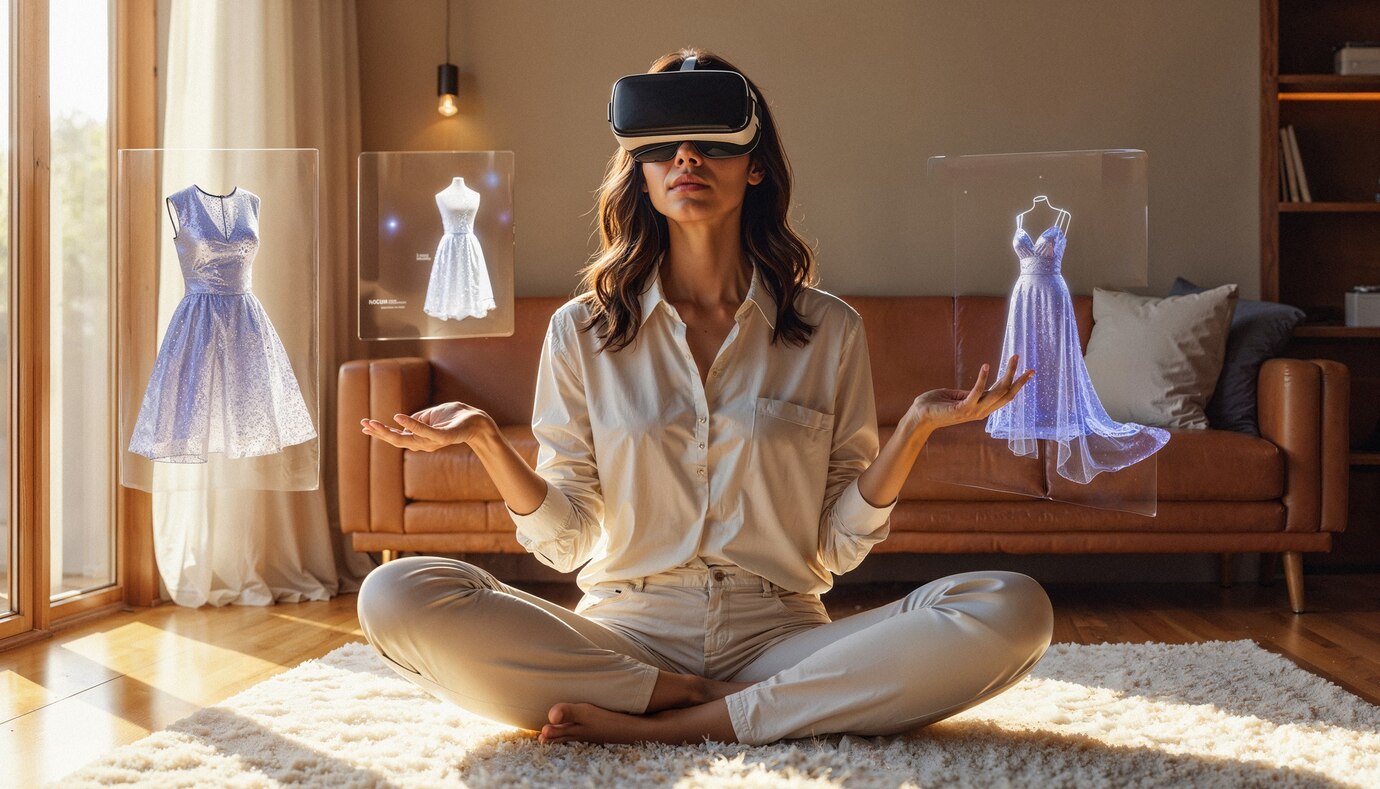
Integrating AR into your app isn’t just about adding cool features; it’s about creating a seamless, intuitive experience for users. As mobile app developers , understanding the user journey is vital to making the AR shopping experience enjoyable and easy to navigate.
Incorporating AR Features into Your Mobile App
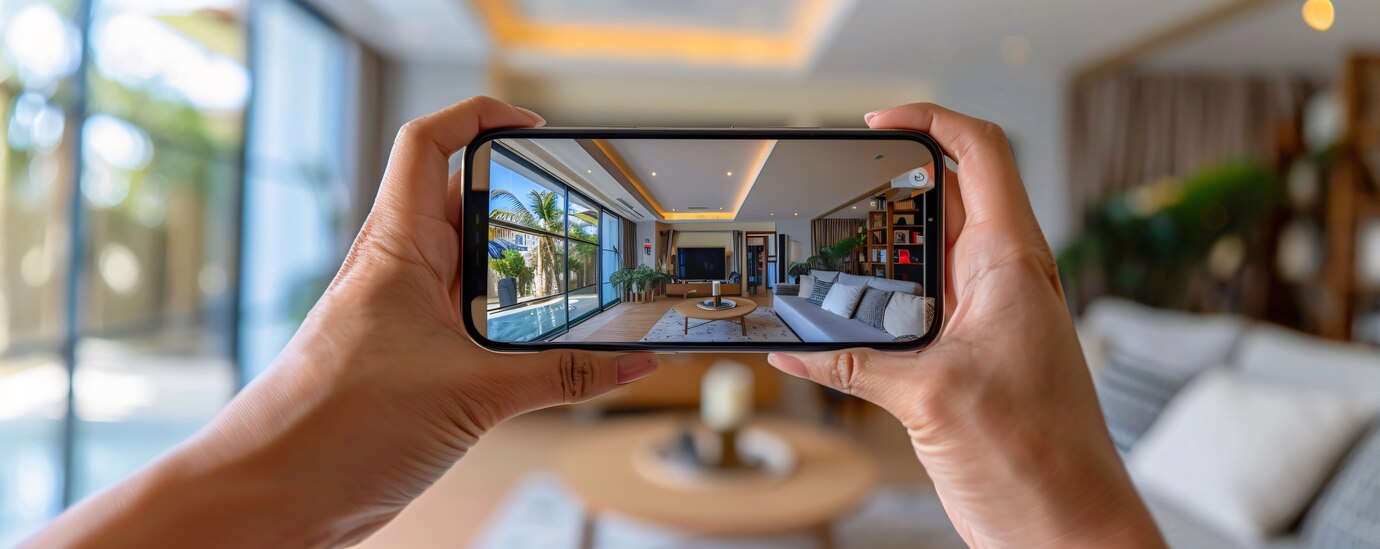
Mobile App Developers can integrate a variety of AR features into their shopping apps, depending on the app’s focus and the target audience. One of the most common features is product visualization, which allows users to see how a product will look in their environment. For instance, users can use their phone’s camera to place virtual furniture in their living room and see how it fits with their existing decor.
Another popular AR feature is virtual try-ons, which is particularly useful for fashion and beauty retail apps. Users can try on clothes, makeup, or accessories virtually, helping them visualize how items will look on them before purchasing. This feature enhances user confidence and helps reduce returns due to size or fit issues.
Additionally, interactive displays and AR-guided shopping can improve the in-store shopping experience. By scanning a product’s barcode or packaging, users can receive instant AR overlays with additional information about the product, such as reviews, specifications, or pricing. These interactive features enhance the in-store shopping experience, providing customers with more information to make informed purchasing decisions.
Testing and Optimization for AR Experiences
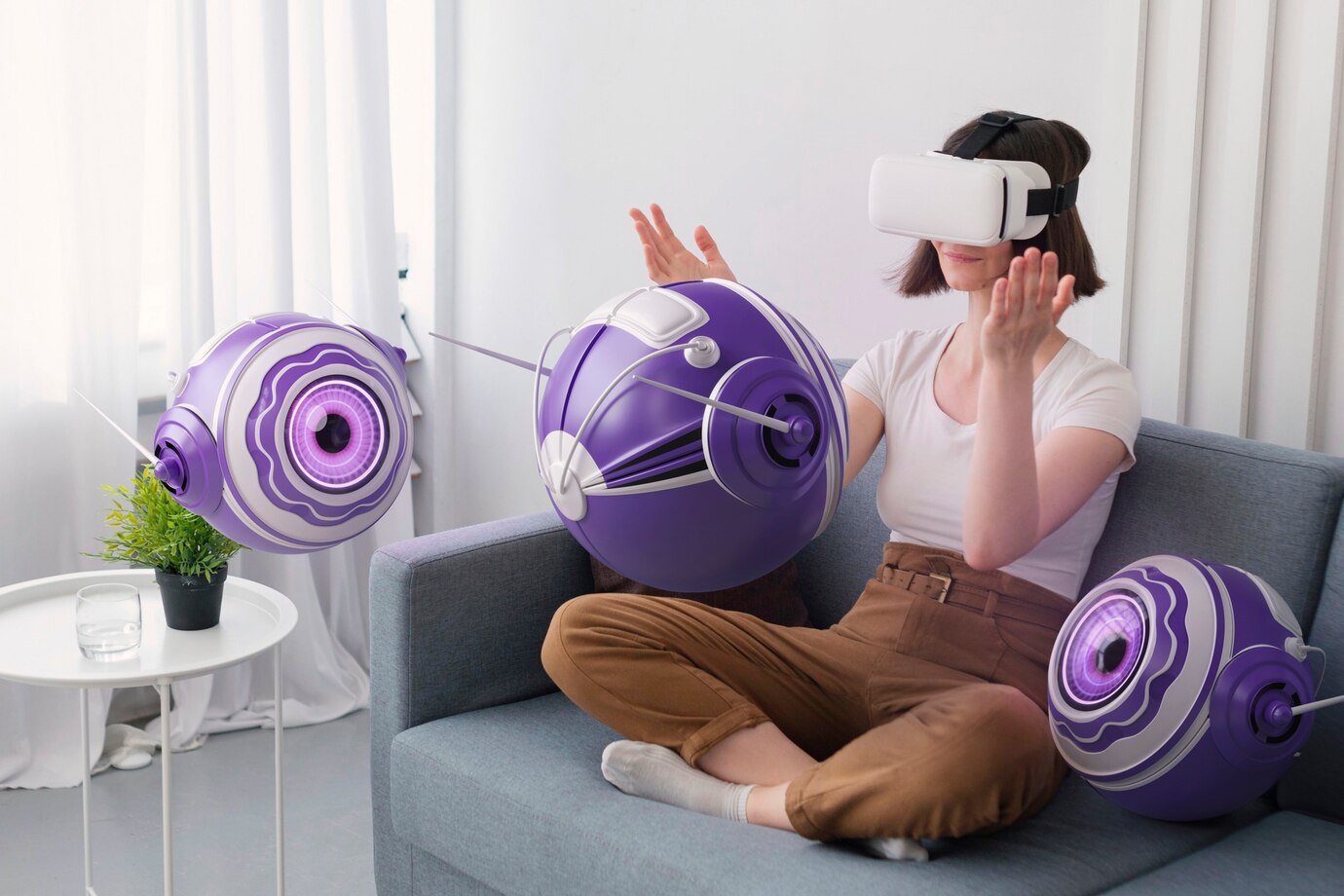
Once the AR features are integrated into the app, it’s essential for mobile app developers to thoroughly test and optimize the experience. AR can be resource-intensive, requiring significant processing power and memory. Developers should ensure that the app runs smoothly across different devices, both high-end and low-end, without compromising the performance or user experience.
Testing the AR experience is critical, as it involves ensuring that the AR interactions are accurate, intuitive, and responsive. Conduct beta testing with real users to gather feedback and make necessary improvements based on their experience. Optimize the app’s loading speed, responsiveness, and battery consumption to ensure a smooth experience, even for users with older devices.
The Future of AR in Mobile Shopping
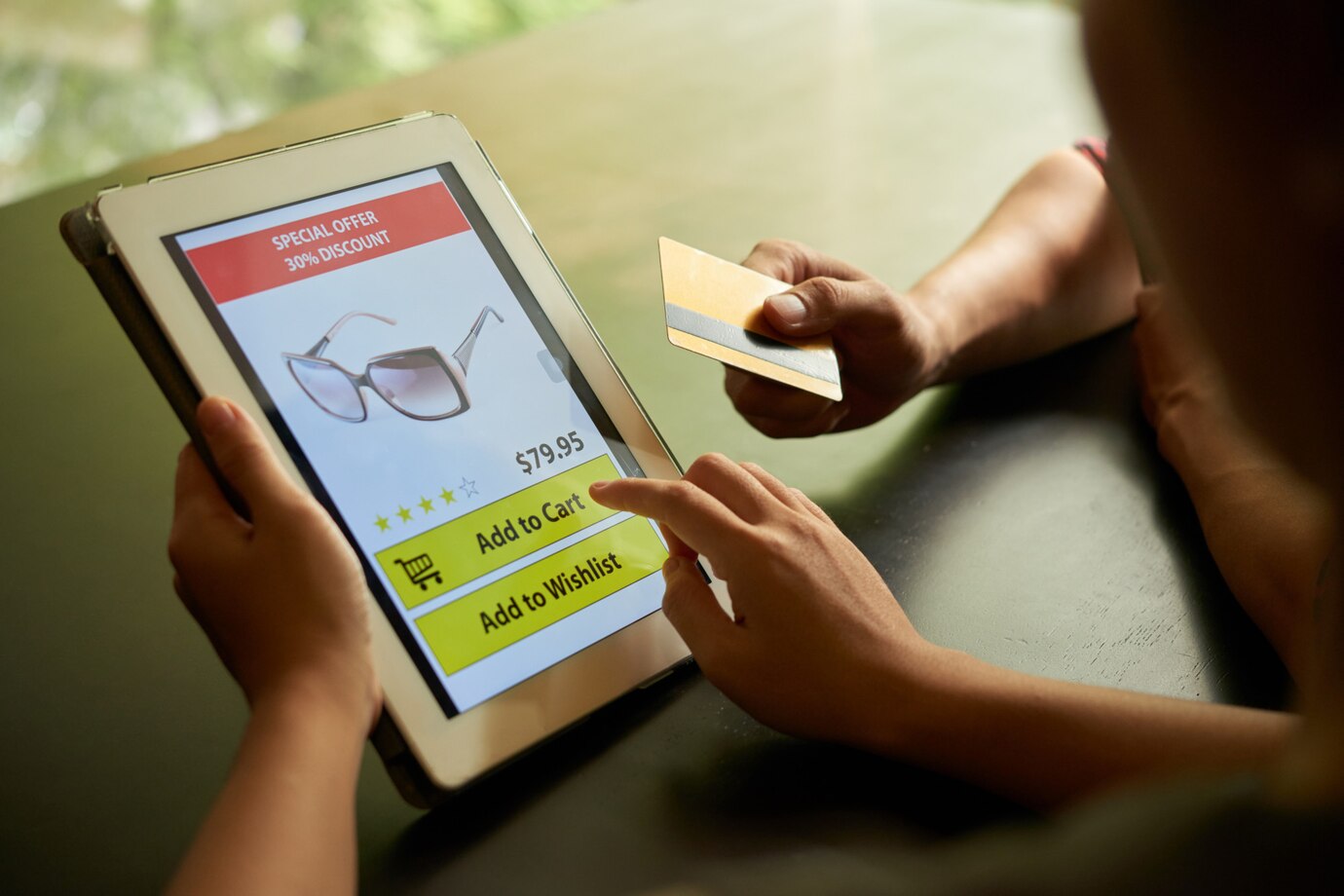
The future of AR in mobile shopping looks promising. As mobile app developers continue to explore new ways to integrate AR, we can expect more immersive and interactive shopping experiences that bridge the gap between online and offline retail. With advancements in AR technology, we are likely to see even more realistic product visualizations, personalized shopping experiences, and seamless integration with e-commerce platforms.
For mobile app developers , staying ahead of the curve and embracing AR will be key to providing users with cutting-edge shopping experiences that stand out in a competitive market. By continuously innovating and refining the AR shopping experience, mobile app developers can unlock new opportunities for their apps and deliver greater value to users.
Conclusion

Integrating augmented reality into a mobile shopping app is an exciting opportunity for developers to enhance user engagement and improve the overall shopping experience. By understanding the basics of AR, selecting the right frameworks, and focusing on user experience, mobile app developers can create seamless, immersive shopping experiences that will keep customers coming back. The future of retail is digital, and AR is at the heart of that transformation. As AR technology continues to evolve, developers must stay updated on the latest trends to ensure that their apps provide cutting-edge, user-friendly shopping experiences.


